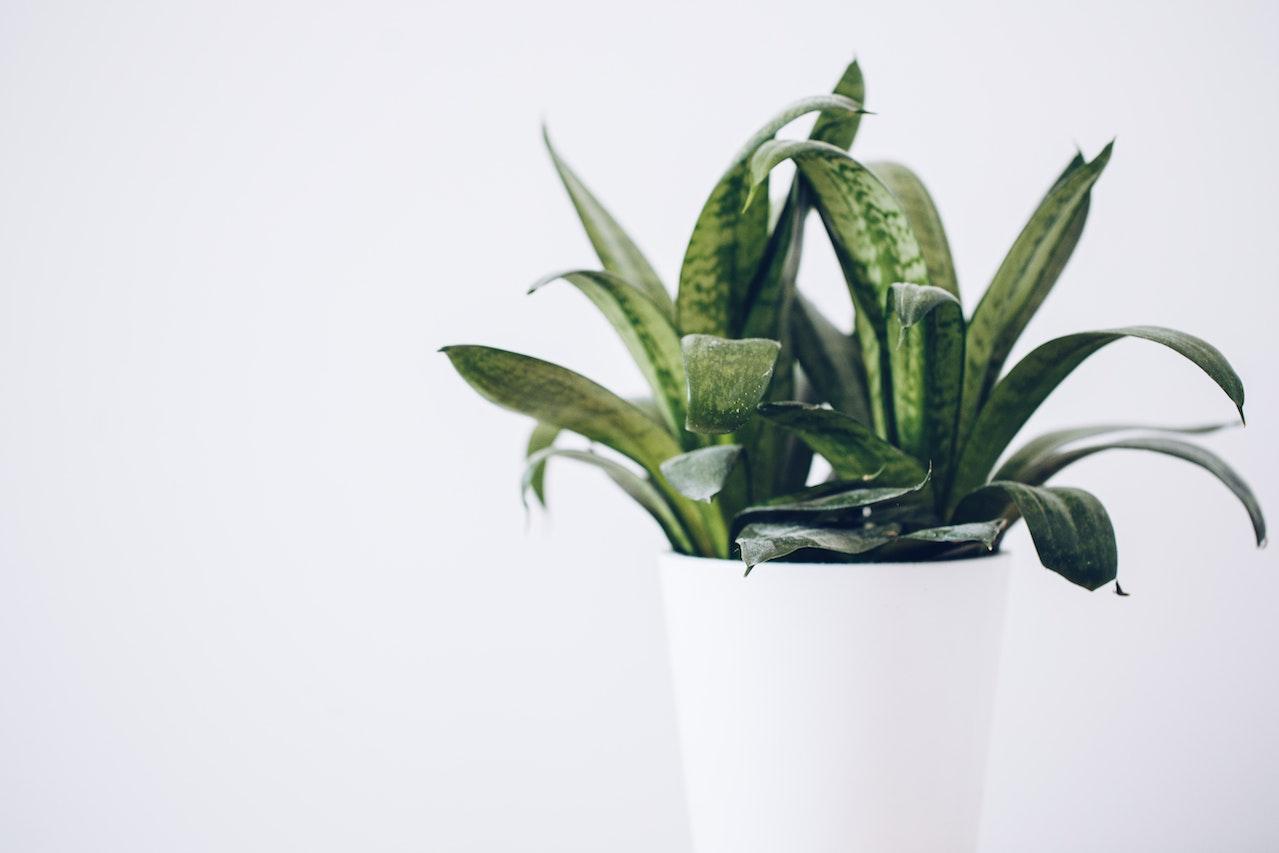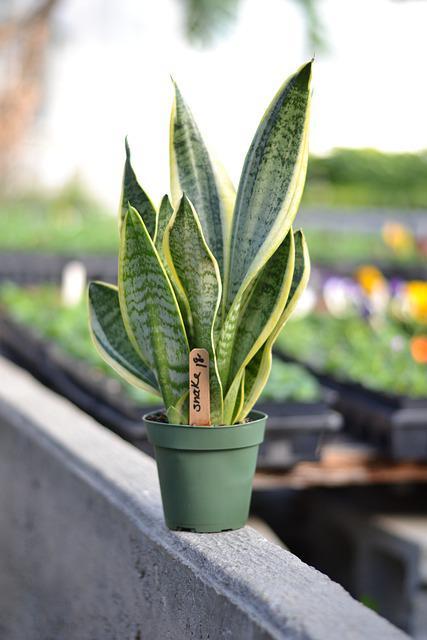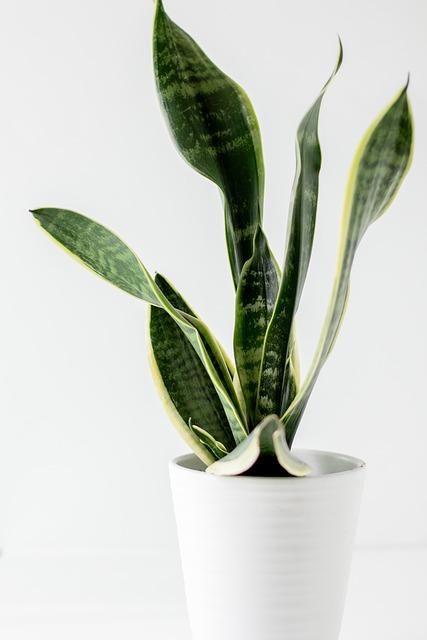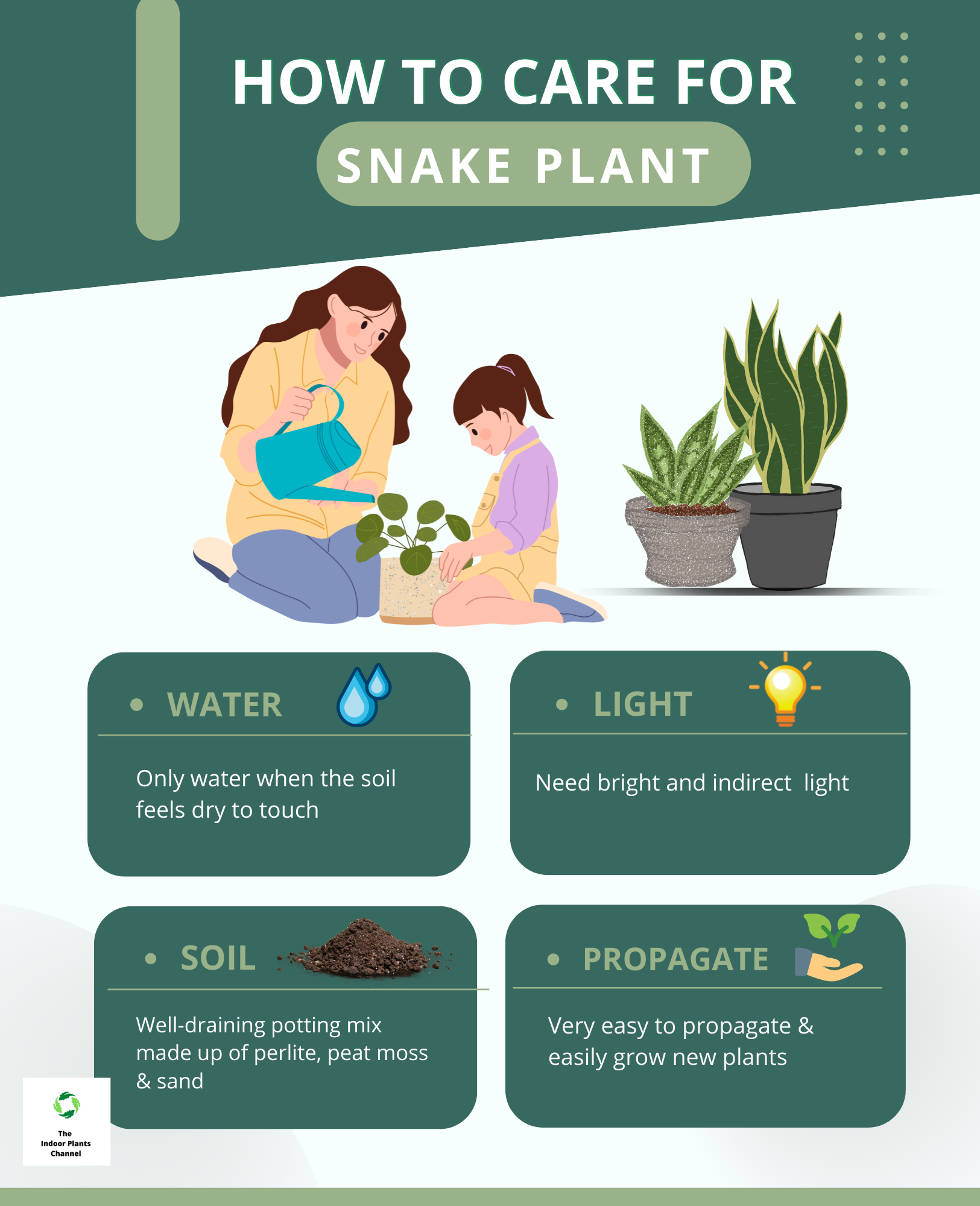The snake plant is a popular indoor plant that is known for its easy care. They are drought tolerant and can tolerate low light conditions, making them a great choice for those who do not have a lot of time to care for their plants.
“If you don’t have time to do it right, when will you have time to do it over?” -John Wooden

Credit: Pexels
If you’ve ever looked at your snake plant and thought, “Wow, this thing really needs a trim,” then this guide is for you. In just a few simple steps, you can have a healthy, well-groomed snake plant that will be the envy of your plant-loving friends.
What Is A Snake Plant?
A snake plant is a type of succulent that is native to Africa. It is also known as the mother-in-law’s tongue or the viper’s bowstring hemp. The snake plant is a popular houseplant because it is very easy to care for and it can tolerate a wide range of growing conditions.

The snake plant is a perennial plant that grows to a height of about 2-3 feet. The leaves of the snake plant are long, thin, and strap-like. They are dark green in color and have a glossy surface. The leaves of the snake plant are arranged in a rosette pattern. The flowers of the snake plant are white or yellow and they grow on a stalk that protrudes from the center of the rosette.
The snake plant is a very easy plant to care for. It does not require a lot of water and it can tolerate a wide range of temperatures. The snake plant can also tolerate low light conditions.
If you are looking for a plant that is easy to care for and that can tolerate a wide range of growing conditions, then the snake plant is a good choice for you.
Where Do Snake Plants Come From?
Snake plants are native to Africa, specifically the tropical regions of the continent. They grow in a wide variety of habitats, from rocky hillsides to swampy areas.
Snake plants typically have long, narrow leaves that are green with white or yellow stripes. Some species of snake plant can grow to be quite large, while others are much smaller.
What Are The Benefits Of Snake Plants?
The benefits of snake plants are many and varied. They are known to improve air quality by absorbing toxins and releasing oxygen, help to reduce stress levels, improve sleep quality, boost immunity, and even help to purify water.

In addition to all of these wonderful benefits, snake plants are also very easy to care for. They require very little water and can tolerate low light levels, making them ideal for those who do not have a lot of time or space for a garden.
So if you are looking for a plant that is not only beautiful but also beneficial to your health, then a snake plant is the perfect choice for you.
How To Choose A Snake Plant?
When choosing a snake plant, there are a few things to keep in mind.
- The size of the plant. Snake plants come in a variety of sizes, from small to large. If you have a small space, you may want to choose a smaller plant.
- The color of the plant. Snake plants come in a variety of colors, from green to yellow to brown. Choose the color that you like best.
- The care of the plant. Snake plants are easy to care for, but they do need some care. Choose a plant that you are willing to care for.
10 Reasons To Love Snake Plants

- They are very easy to care for.
- They can tolerate a wide range of light conditions, from full sun to low light.
- They are drought tolerant and can survive for long periods without water.
- They are virtually indestructible and can withstand a lot of abuse.
- They produce oxygen at night, making them ideal for bedrooms.
- They are effective at filtering out toxins and pollutants from the air.
- They are low maintenance plants that require very little care.
- They make a great addition to any home or office.
- They are available in a wide range of sizes, shapes and colors.
- They are easy to propagate and can be divided and repotted easily.
How To Pot A Snake Plant?
If you’re looking to pot a snake plant, there are a few things you’ll need to do in order to ensure that your plant thrives.

Here’s a step-by-step guide on how to pot a snake plant:
- Start by choosing a pot that is slightly larger than the root ball of your snake plant. This will give your plant room to grow.
- Place a layer of gravel or rocks at the bottom of the pot. This will help with drainage.
- Add a layer of potting mix to the pot. You can use a commercial potting mix or make your own by mixing equal parts sand, peat moss, and perlite.
- Gently remove your snake plant from its current pot. Carefully loosen the roots before placing it in the new pot.
- Fill in the pot around the roots with potting mix, tamping it down gently as you go.
- Water your plant thoroughly.
- Place your pot in an area that receives indirect sunlight. Snake plants can tolerate low light conditions, but they will grow faster in brighter light.
How To Care For A Snake Plant?
Snake plants are very tolerant of neglect. This means that they do not need a lot of attention or care in order to thrive. In fact, it is actually better to underwater a snake plant, than to overwater it. So if you are someone who forgets to water your plants often, or are just not that into plant care, a snake plant is a great choice for you.

- When it comes to watering, snake plants like to be kept on the drier side. This means that you should only water them once the soil has had a chance to completely dry out. If you water your snake plant too often, the roots will start to rot, and this can eventually kill the plant. A good rule of thumb is to water your snake plant about once a week, or when the soil is dry to the touch.
- In terms of light, snake plants can tolerate a wide range of lighting conditions. They can do well in both low light and bright light. However, if you want your snake plant to grow quickly and remain healthy, it is best to give it bright, indirect light.
- When it comes to soil, snake plants prefer a well-draining potting mix. This means that the soil should not be too dense or too wet. A good potting mix for snake plants is one that is made up of equal parts perlite, peat moss, and sand.
- Finally, snake plants are very easy to propagate, or grow new plants from. This can be done by taking stem cuttings from an existing snake plant, and then potting them up in some well-draining soil. If you are interested in propagating your snake plant, be sure to check out our blog post on how to do it.

How To Propagate A Snake Plant?
If you want to propagate your snake plant, you can do so by division or by leaf cuttings.
- To propagate by division, simply carefully remove the plant from its pot and divide it into two or more sections, making sure that each section has at least one growing point (a node with at least one leaf attached). You can then pot each section up individually.
- To propagate by leaf cuttings, cut a leaf from the plant at a node (the point where the leaf meets the stem) and remove the bottom half of the leaf. Dip the cut end of the leaf in rooting hormone and plant it in moistened potting mix. Keep the potting mix moist but not soggy, and in a few weeks, you should see new growth.
How To Troubleshoot Snake Plant Problems?
In case your snake plant is not looking its best, there are a few things you can do to troubleshoot the problem.
- Check the plant for pests. If you see any insects, remove them by hand or with a pesticide.
- Check the soil to make sure it is not too dry or too wet. The soil should be moist but not soggy. If it is too dry, water the plant. If it is too wet, let the soil dry out before watering again.
- Peruse the light conditions. Snake plants prefer bright, indirect light. If your plant is not getting enough light, move it to a brighter location. If you are still having trouble, you can consult a plant expert for help.
Frequently Asked Questions
What tools do I need to trim my snake plant?
You will need a sharp knife or pair of scissors.
How often should I trim my snake plant?
You can trim your snake plant as often as you like, but every few months is generally sufficient.
How much should I trim off my snake plant?
You can trim off as much or as little as you like, but be sure not to damage the plant.
What do I do with the trimmings?
You can compost the trimmings, or simply discard them.
Will trimming my snake plant hurt it?
No, trimming your snake plant will not hurt it. In fact, it can actually help the plant to grow more vigorously.
Bonus Tips
- Use sharp, sterile scissors to cut off any brown or yellow leaves.
- Cut off any leaves that are longer than the pot or planter.
- Trim any roots that are longer than the pot or planter.
Conclusion
The act of trimming your plants, especially Snake plants will benefit you in the long run. It’s a way of taking care of the plants despite its minimal requirements for attention. This guide includes all you should know about trimming your Snake plants and how you will do it.
Michelle Wilde
Related posts
![]()
About Michelle Wilde
Michelle Wilde is a stay-at-home mom and avid plant lover. Armed with a post-graduate degree in Computer Science (no kidding!), she loves researching plants and landscapes. When she is not caring for her 4 kids, she spends time on her passion for plants. She blogs at www.indoorplantschannel.com, the trusted source for indoor plants.
Learn more
Subscribe
* You will receive the latest posts and updates about indoor plants!
Search
Recent Posts
Categories
- Beginner Guides (10)
- FAQ (206)
- General (2)
- How-To Guides (212)
- Indoor Plants (214)
- Pest Management (2)
- Plant Problem Solutions (4)
- Seasonal Growing (2)
- Specialized Environments (2)
- Specific Plant Care (3)
- Technical Growing (2)